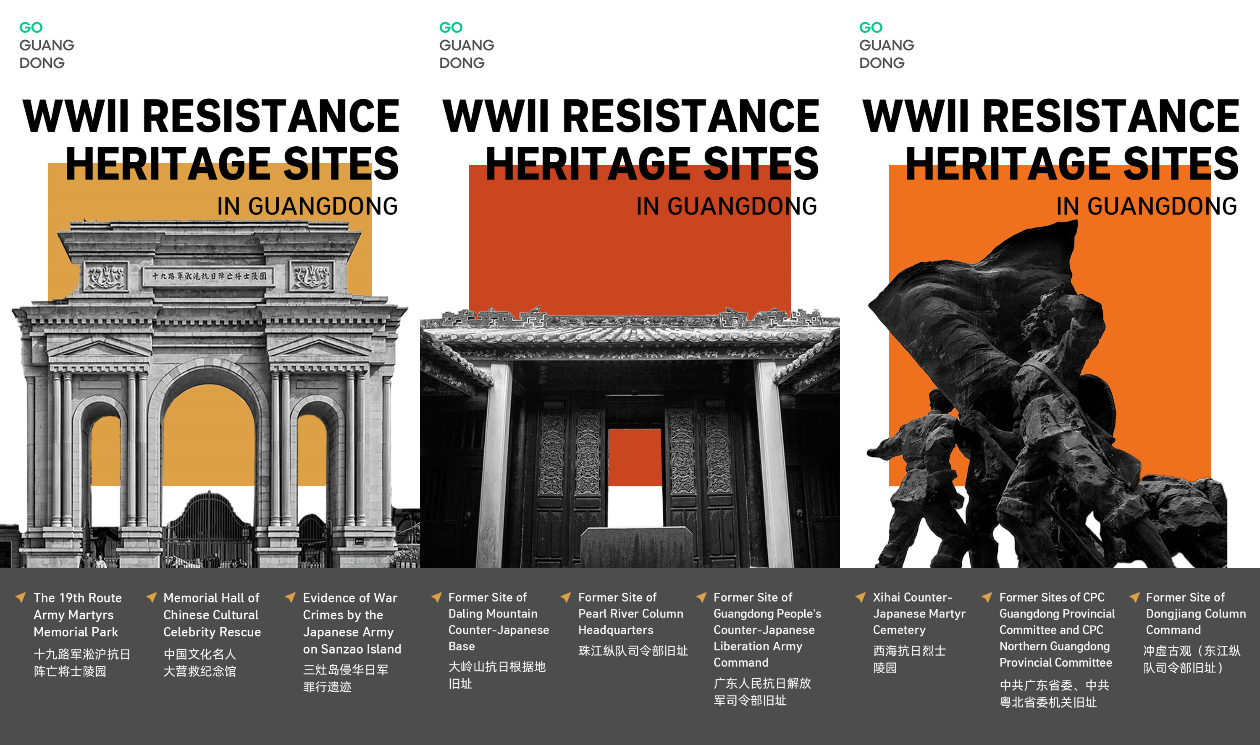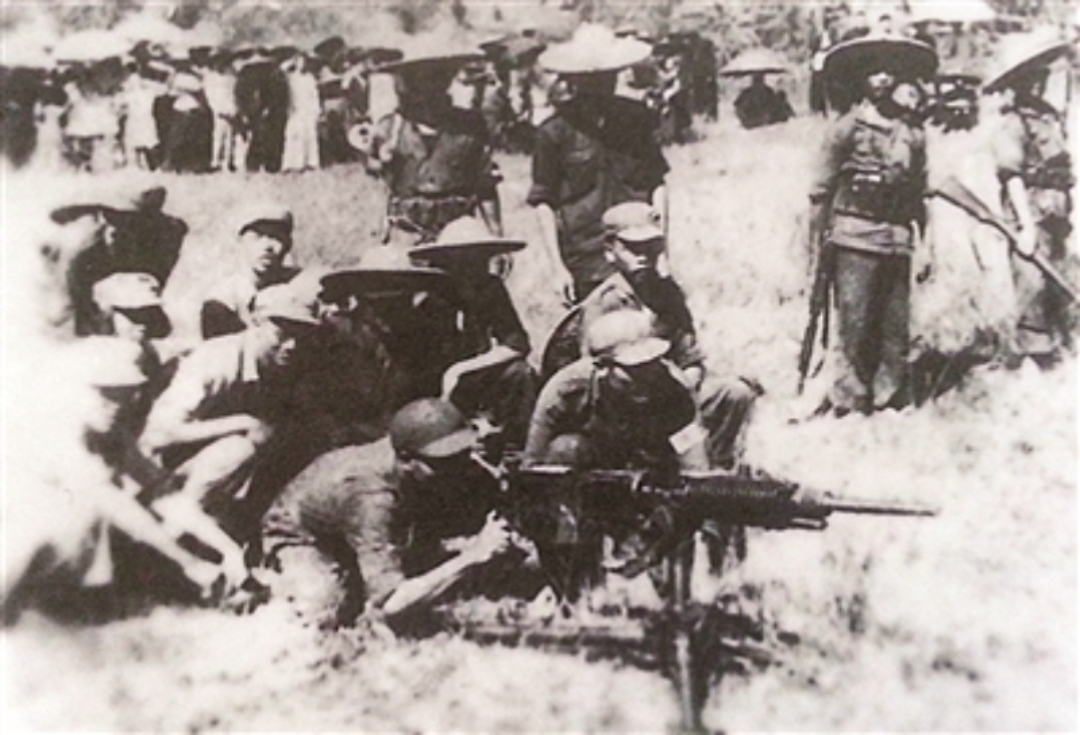
Guangdong's role in resistance against Japanese aggression
In the early hours of October 12, 1938, the Japanese 21st Army, supported by naval forces, launched an aggression on Daya Bay in Guangdong. The defending Kuomintang (KMT) troops, undermanned and unprepared, were rapidly overwhelmed. Within just over ten days, the strategically vital cities of Huizhou and Guangzhou fell to the Japanese advance. The aggressing forces committed horrific atrocities, such as binding captured civilians from the Dongjiang region to bridges and using them as live targets for bayonet practice, plunging the people of South China into a period of immense suffering and loss.
Following Guangzhou's occupation, Communist Party of China (CPC) Central Committee issued instructions to its Guangdong leadership to organize guerrilla warfare in the occupied territories. The CPC committees across Guangdong eventually built up counter-Japanese armed forces totaling over 28,000 personnel, organized into seven main columns, including the Dongjiang Column, the Qiongya Column (on Hainan), and the Zhujiang (Pearl River) Column.
The South China behind-enemy-lines battlefield, pioneered by the CPC, encompassed vast areas of Guangdong, Guangxi, and Hainan, bordering Hong Kong and Macao. These forces wiped out approximately 150,000 Japanese troops and puppet soldiers, engaged in over 3,000 battles, and inflicted more than 20,000 enemy casualties. The area of the counter-Japanese base regions and guerrilla zones under their influence expanded to about 97,000 square kilometers, with a population exceeding 10 million people, making it a crucial component of the Chinese People's War of Resistance against Japanese Aggression.
Major Events during the War
The Great Hong Kong Rescue (1941)
Following the fall of Hong Kong to Japanese forces in December 1941, prominent progressive intellectuals and patriotic democrats, including Soong Ching-ling, He Xiangning, Mao Dun, and Zou Taofen, found themselves trapped on the island. They faced imminent danger, as Japanese troops actively searched for and arrested such figures.
In response, the CPC Guangdong Committee and the Dongjiang Counter-Japanese Guerrilla Force executed a secret rescue mission through both land and water routes. This remarkably successful operation safely evacuated over 300 leading cultural figures and patriotic democrats. When including international friends and other individuals, the total number of people rescued exceeded 800. Astonishingly, not a single person was lost or captured during this entire mission. This daring and meticulously planned rescue is widely regarded as a monumental feat that preserved the backbone of China's intellectual and cultural elite.

Memorial Hall of Chinese Cultural Celebrity Rescue in Shenzhen
Support from Overseas Chinese
Guangdong's resistance was deeply supported by overseas Chinese. They contributed funds, supplies, and even returned to fight. According to incomplete statistics, over 40,000 overseas Chinese with Guangdong roots returned to China to join the resistance against Japanese aggression. By the first half of 1939, driven or organized by the CPC, over 1,000 compatriots from Hong Kong and Macao had formed more than 50 "Returning Home Service Groups", which provided critical support in areas such as medical aid, logistics, and guerrilla warfare.

Jiangmen City, the renowned ancestral hometown of overseas Chinese
The Battle of Meitang (1944)
In May 1944, over 500 Japanese troops launched a surprise attack on the Dongjiang Column's training base in Meitang, Dongguan. The Column seized the high ground at Ma Shan Mountain and engaged in a day-long battle, killed or wounded nearly 100 enemy soldiers and thwarting the Japanese encirclement campaign.

The column soldiers were testing the seized weapons. (Photo by China Military Online)
Rescue of International Allies
The Dongjiang Column rescued international allies and downed Allied pilots multiple times during the war. For instance, during the Japanese occupation of Hong Kong, they successfully rescued eight American pilots and 103 other international personnel, including individuals from Britain, the Soviet Union, and India, bringing the total number of rescued individuals to 111. Specific notable rescues include saving five American airmen in Daya Bay on May 26, 1944.

Jiefang Daily reported the story of the Dongjiang Column on 17 August, 1944. (Photo by Nanfang Metropolis Daily)